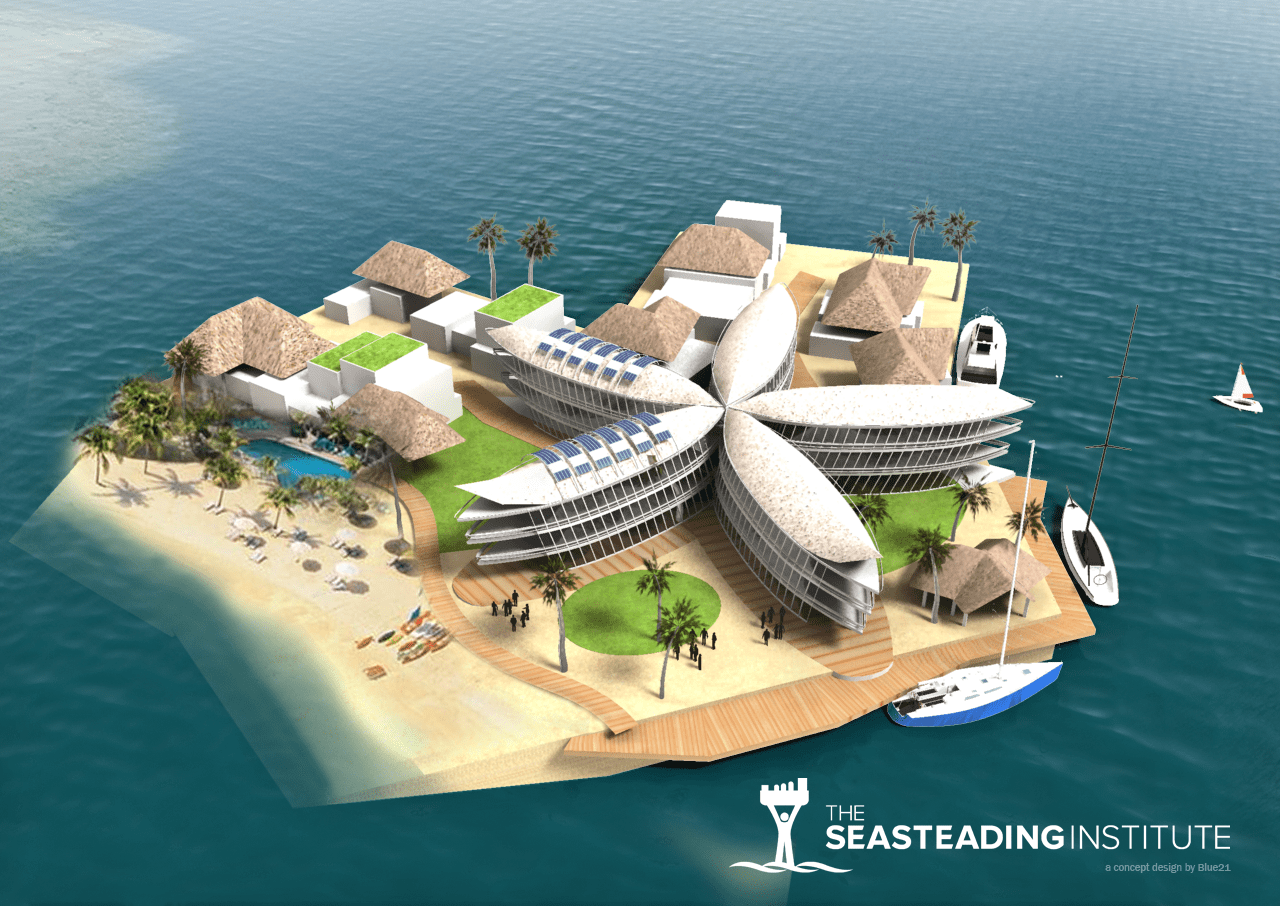When former Google software engineer Patri Friedman came up with the idea of building floating islands, he had in mind an unusual buyer: Libertarians, seeking freedom to live beyond the reach of governments.
But his futuristic plan has now found a new, motivated and very different audience - small islands halfway around the world that are slowly being submerged by sea level rise.
The Pacific nation of French Polynesia, looking for a potential lifeline as global warming takes hold, in January became the first country to sign an agreement to deploy the floating islands off its coast.
"Dreams belong to those who want to move forward and make them happen," said Jean-Christophe Bouissou, the country's housing minister, at a San Francisco ceremony where he inked a memorandum of understanding with The Seasteading Institute.
The institute - the name combines combines "sea" and "homesteading" - is the brainchild of Friedman and Silicon Valley investor Peter Thiel, who helped found it and initially pumped more than $1 million into the floating islands project.
He is now no longer involved in the institute, but Friedman is taking forward the project.
With its possibility of creating new floating nation states, it has won converts among libertarians, whose ideology argues that greater freedom makes people thrive, said Doug Bandow, a senior fellow at the Cato Institute, a Washington D.C.-based libertarian thinktank.
But the possibility of keeping a sinking nation afloat clearly presents another opportunity for the technology, he said.
"If (island nations) feel threatened by the rising sea ... they might view this as being the best option for their people," Bandow said.
"Obviously, living on a seastead is very different from even living on an island. Nevertheless, if you figure there's going to be relocation, maybe this is a better option to stay in the region as opposed to having to literally move en masse to another country," he said.
A look at the islands
Under the terms of the deal with French Polynesia, The Seasteading Institute will first study the project's economic and environmental impact, at the institute's own cost, said Joe Quirk, a project's spokesman.
If the study looks positive, the institute will try to raise investment to put in place three solar-powered pilot platforms, each roughly 165 by 165 feet (50 by 50 meters), Quirk said.
Under the plan, the islands - likely to be located inside a lagoon near French Polynesia's Tahiti - would be made a "special economic zone", in the hope of attracting tech companies, he said.
"I expect French Polynesian and foreign people to live there and commute there for work, and schoolchildren to take class trips there," Quirk said.
One rendering shows a floating island dotted with palm trees and supporting a multi-story building designed to resemble French Polynesia's national flower, the Tahitian gardenia, said Quirk.
Sailing ships are docked in calm waters, just footsteps from an inviting beach, the drawings by Dutch engineering firm Blue21 show.
The islands' engineering details remain to be developed, Quirk said. But in a 2013 study commissioned by the institute, Dutch design firm DeltaSync concluded that the artificial islands could best withstand the ocean's elements as modular platforms that can be connected and arranged in branch-like structures.
Construction of the islands, which the institute hopes to fund with investor cash, could cost between $10 and $50 million and begin as early as 2018, Quirk said. The institute is in the process of recruiting investors, he said.
"We're not going ask for any money (from French Polynesia). We're just going to ask for permission, legislation. And if it fails, we absorb the risks. We'll disassemble and move on," Quirk said.




